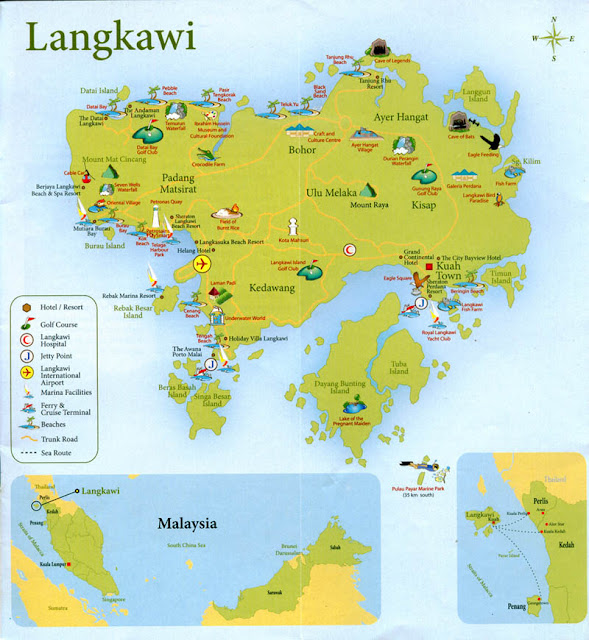A meeting of the Conference of Rulers held at Istana Negara on Nov 1. - Bernamapic
NO other country in the world other than Malaysia has more than two monarch families ruling at the same time as the head of state. It is also one of the few countries in the world that practise a true elective monarchy system, in which nine members from the Conference of Rulers elect the next Yang di-Pertuan Agong.
The nine members are the hereditary Malay Rulers from the states of Johor, Kedah, Kelantan, Negri Sembilan, Perlis, Perak, Selangor and Terengganu. Cambodia where candidates of royal blood are chosen to be king for a life term by its Royal Council of the Throne, and Vatican City where the Pope is elected by the College of Cardinals, are the other true elective monarchies in the world.
The membership of the Conference of Rulers includes the four Yang di-Pertua Negeri or governors but only royal rulers are allowed to vote or stand for election as the Yang di-Pertuan Agong.
In accordance with the Federal Constitution and the rules of the Conference of Rulers, the power to appoint the King is vested with the Conference of Rulers. This is done to protect the prestige of the Malay rulers. The position is elected through a secret ballot by fellow monarchs.
The first Yang di-Pertuan Agong, Almarhum Tuanku Abdul Rahman, had suggested the rotation system, under which the nine rulers would take turns to serve for five years as King, and would be called Yang di-Pertuan Agong, or Supreme Ruler.
The rotation system was an idea borrowed from Negri Sembilan, where chiefs from the state's nine regions took turns to be the Yang di-Pertuan Besar. During the election process, the nominee must have obtained a majority of five votes before the ruler presiding over the Election Meeting offers him the office of the Yang di-Pertuan Agong.
On taking office, the new Yang di-Pertuan Agong will appoint a regent for the duration of his five-year term over the state which he rules. A deputy Yang di-Pertuan Agong is also elected at the same time and charged with holding office whenever the King is away or unable to rule.
According to the system of constitutional monarchy and parliamentary democracy, the Yang di-Pertuan Agong is the formal head of the executive branch. The Yang di-Pertuan Agong plays a vital role in the judiciary system by appointing the Chief Justice of the
Federal Court, President of the Court of Appeal, the Chief Judge of Malaya, the Chief Judge of Sabah and Sarawak, judges of the Federal Court, the judges of the Court of Appeal and the judges of the High Courts on the advice of the Prime Minister.
Under Article 3 of the Federal Constitu-tion, the King is the Head of Islamic Affairs in Malacca, Penang, Sabah and Sarawak, which have a Yang di-Pertua Negeri. The current King, Sultan Mizan Zainal Abidin from Terengganu, is the 13th Yang di-Pertuan Agong since the country's Independence, and began his reign on Dec 13, 2006.

















